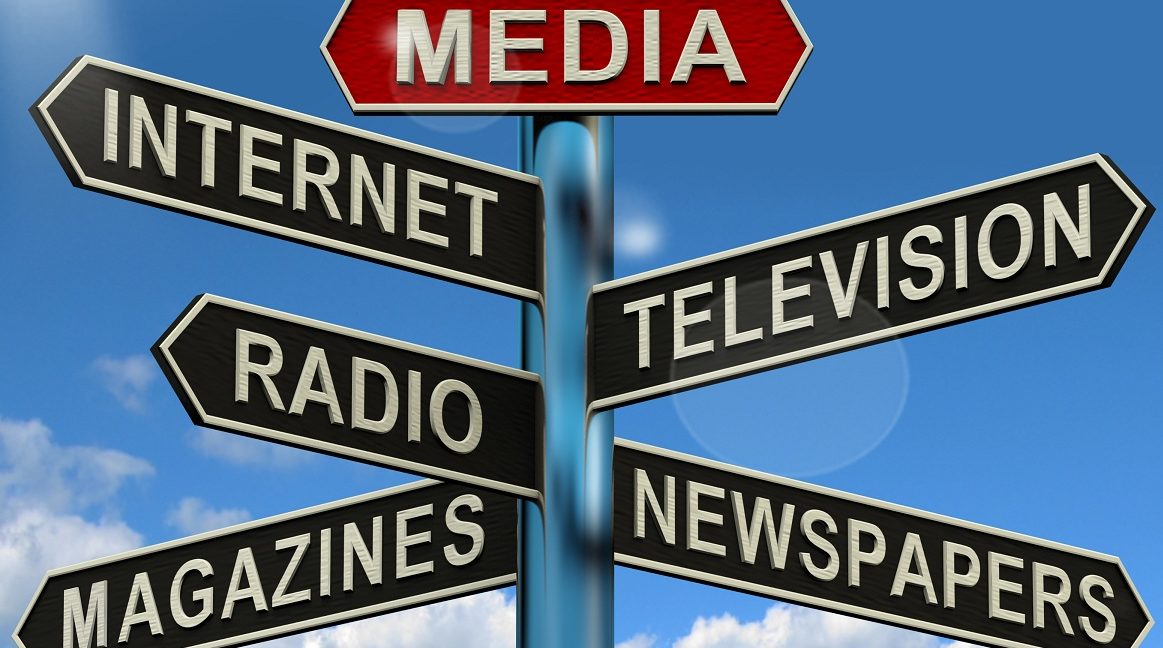The Media Shift
The traditional media landscape has undergone a significant transformation in recent years, seamlessly integrating into the new trend of social media. This shift has been both subtle and profound, often escaping the notice of the common eye. However, upon closer inspection, it becomes apparent that traditional media outlets such as TV, newspapers and radios have not only adapted to this new landscape but have also thrived.
The Adaptation of Traditional Media
Traditional media has successfully engaged with new frontiers, incorporating social media platforms into their programs. This integration has enabled them to expand their reach, increase audience engagement and stay relevant in the digital age. For instance, TV and radio shows now frequently invite viewers and listeners to follow them on platforms like WhatsApp, X, Facebook and YouTube, promising to share their views and opinions.
Moreover, traditional media outlets encourage their audiences to volunteer information and share social issues, which they then take up and work on. This approach not only fosters a sense of community but also allows traditional media to tap into the creativity and insights of their audience.
The Rise of Social Media and its Impact
Meanwhile, social media platforms have revolutionized the way information is shared and consumed. Unlike traditional media, social media does not require intermediaries to share opinions or information. Instead, users have direct access to share their thoughts, ideas and experiences with a global audience.
This shift has forced traditional media to adapt and evolve featuring on social media platforms like never before. Through integration and homogenization, traditional media has managed to thrive and profit from this new frontier rather than being swept under.
This adaptability is a valuable lesson for individuals and organizations alike. In a rapidly changing world, the ability to unlearn and relearn is crucial for survival and success.
Rethinking Currency and Economy
The current economic crisis has highlighted the true nature of currency and its role in circulation. Money, as a medium of exchange, is meant to facilitate economic activity not be hoarded. The essence of currency lies in its ability to circulate and stimulate economic growth.
In these unprecedented times, it is essential to reassess our understanding of money and its role in the economy. By embracing a new approach to currency and economic flow, we can foster growth, development and economic stability.
The Importance of Circulation
The actual essence of money is supposed to be in circulation not in hoarding. Money needs to be in constant flow, facilitating exchange and stimulating economic activity. This seamless flow is what leads to its spanning into other economic sectors, creating a ripple effect that benefits the entire economy.
Conclusion
In conclusion, the evolution of media and the art of adaptation offer valuable lessons for navigating a changing world. By embracing new technologies, approaches and perspectives, we can thrive in the face of uncertainty. Similarly, rethinking our understanding of currency and economy can help us foster growth, development and economic stability.
As we move forward, it is essential to recognize the importance of adaptability, circulation and flow in both media and economy.
The post The Media Shift appeared first on The Business & Financial Times.

